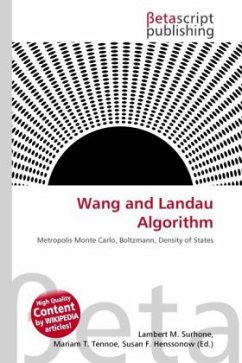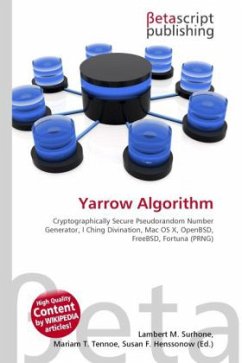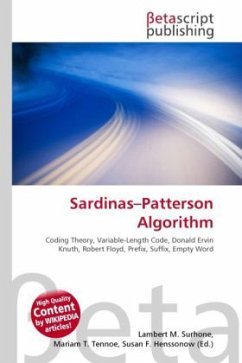
Verhoeff Algorithm
Versandkostenfrei!
Versandfertig in 6-10 Tagen
30,99 €
inkl. MwSt.

PAYBACK Punkte
15 °P sammeln!
High Quality Content by WIKIPEDIA articles! The Verhoeff algorithm, a checksum formula for error detection first published in 1969, was developed by Dutch mathematician Jacobus Verhoeff (born 1927). Like the more widely known Luhn algorithm, it works with strings of decimal digits of any length. It does a better job than the Luhn algorithm, though, in that it will detect all transposition errors (switching of two adjacent digits), as well as catching many other types of errors that pass the Luhn formula undetected. Verhoeff devised his algorithm using the properties of D5 (the dihedral group o...
High Quality Content by WIKIPEDIA articles! The Verhoeff algorithm, a checksum formula for error detection first published in 1969, was developed by Dutch mathematician Jacobus Verhoeff (born 1927). Like the more widely known Luhn algorithm, it works with strings of decimal digits of any length. It does a better job than the Luhn algorithm, though, in that it will detect all transposition errors (switching of two adjacent digits), as well as catching many other types of errors that pass the Luhn formula undetected. Verhoeff devised his algorithm using the properties of D5 (the dihedral group of order 10) a non-commutative system of operations on ten elements, corresponding to the results of rotating or reflecting (flipping) a regular pentagon. In practice, however, the scheme would normally be implemented using precomputed lookup tables.












